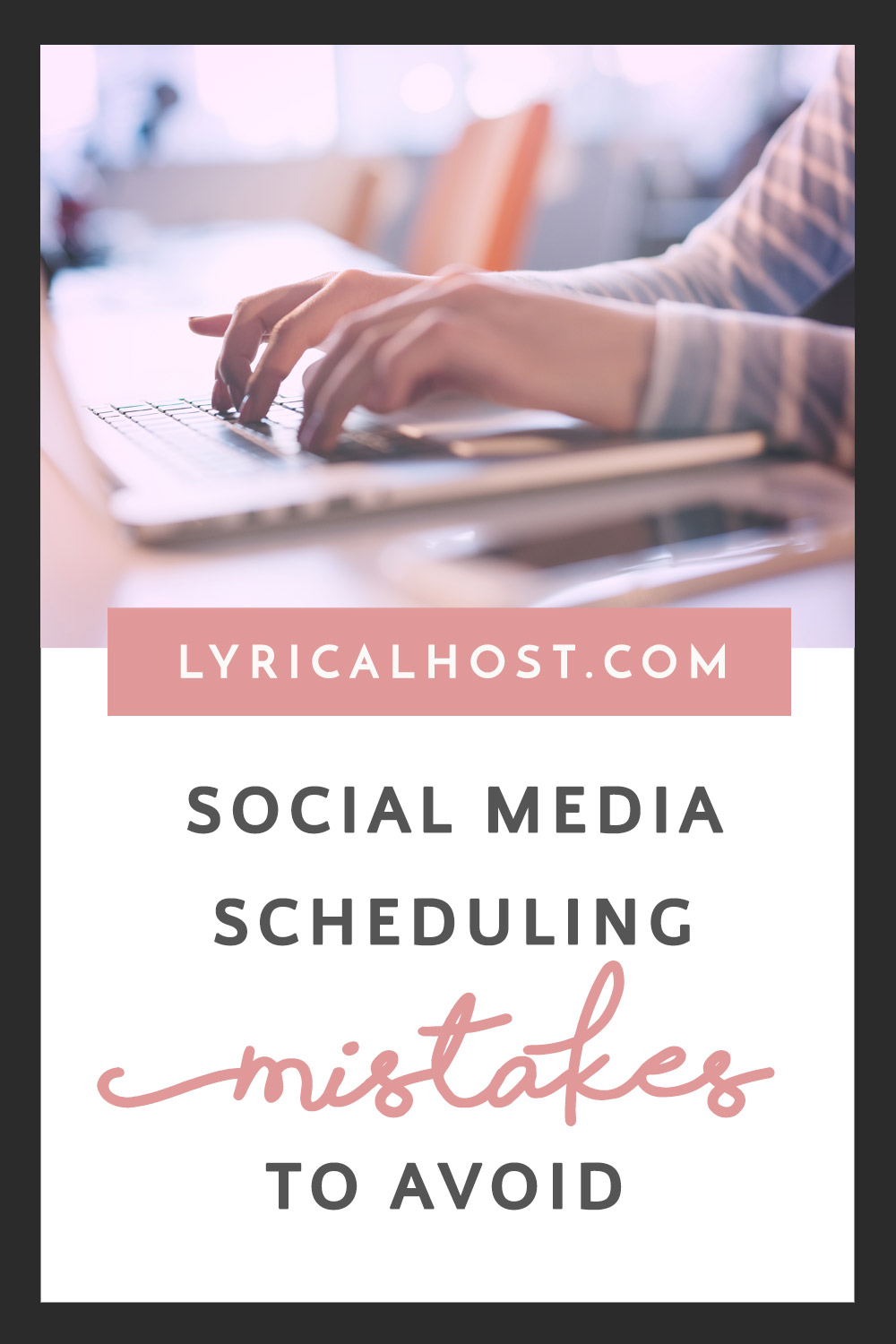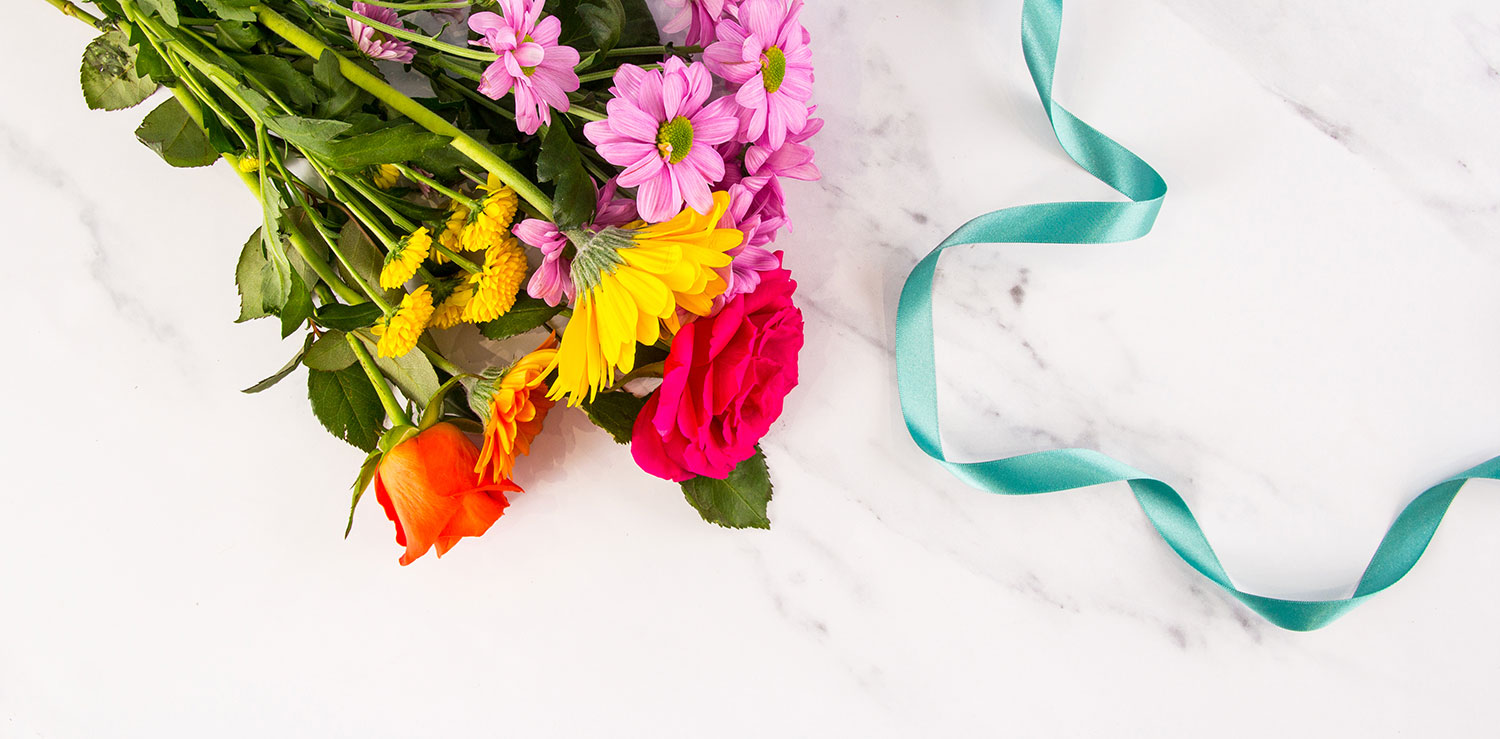Scheduling your social media posts in advance is a great way to save time and keep consistent with your online presence. But, if you make mistakes in your scheduling you can be left feeling embarrassed, irrelevant, or worse still, annoying your audience.
Here are some common mistakes to avoid when you’re scheduling social media content ahead of time.
Currently reading: 8 Common Mistakes To Avoid When Scheduling Social Media Click To Tweet
01. Scheduling non-evergreen content as recurring content
These days, many schedulers let you add posts to a recurring queue to be reposted again at later dates instead of just being posted once. It’s easy enough to have them grab all your posts, or for you to queue them up without thinking. But that can be a big mistake if you end up with closed contests from years ago being shared, Christmas-themed posts being sent out in February, and deals that aren’t relevant any more.
(Side note: the best social media schedulers are the ones that let you switch up the messaging each time, which will stop you being shadowbanned on platforms like Twitter that love fresh content).
Some social media schedulers, like SmarterQueue, will let you create categories and set a post to be scheduled for sharing only at a certain time of year, which is great for content that may be relevant only for a certain window (e.g. holiday-related posts). If that’s not an option for you, it may be best to leave these types of posts out and instead make a note on your calendar to schedule or post them manually yourself at the relevant time/s.
02. Mentioning time
Regardless of the type of content you’re scheduling, be careful you don’t fall into the trap of mentioning anything time-based in your social media post description. For example, referring to specific days of the week, seasons, years, or referring to something as “new” content. You don’t want your audience raising an eyebrow because you refer to your “new post” that’s a reshare from 2019, or because your social scheduler has regurgitated a post about Christmas in April, or because you’re dropping affiliate links for things that aren’t relevant at this time of year.
Even seasons can be tricky with the Northern and Southern hemispheres being opposites at any given time. For truly international content, avoid mentioning seasons if you can.
Tip: Don’t schedule posts to be published on the hour or just after; many countries adopt a few minutes of silence to respect various occasions at different times of year, so you don’t want your content mistakenly going out in the middle of one (even more so if it would be something completely inappropriate).
03. Forgetting to review your queue
This is especially true if you run recurring post schedulers, but it’s important even if you don’t. Schedule a recurring calendar/to do list task to review your queue of social media posts waiting to go out.
Most importantly you’ll want to check that they’re still relevant, representative, and make sense. The world is changing very fast these days, and content and social media posts may need to be paused, edited, or removed altogether depending on the current situation.
Things you may want to look out for include:
- Posts that may be insensitive at a particular time.
- Pausing your queue temporarily in order to share more relevant/important content about current events.
- Removing broken links and references to tools/services that no longer exist.
- Checking any discount codes you share are still working.
- Checking affiliate programs to make sure they’re still recording clicks/paying out for you sharing affiliate links.
04. Not spot-checking
We’ve all been there – in a rush, you fail to see that typo or forget to upload that image and then suddenly it’s published and it’s too late.
Take a few minutes to spot check your scheduled posts, including clicking your links, to make sure everything works and looks right, and you don’t have any ambiguous sentences or confusing messaging. If you have a VA or social media manager who handles your posts, it’s always good to double check them yourself if possible as a pair of different eyes will often spot different things.
05. Too short a cycle
If you don’t have many posts in your queue, people will start to see the same ones coming up over and over again.
If they’re posts with links, people will get bored pretty fast (and social networks won’t like showing them again). If they’re ice breaker/discussion based topics, for example, “What questions should you ask a VA before you hire them?” your followers may start to perceive them as disingenuous (i.e. they’re being used for engagement rather than because you’re genuinely asking for help), or that you’ve ignored the advice they gave you last time.
If you simply don’t have a whole lot to share right now (and everyone goes through those kinds of phases!), here are some easy ways to make your queue longer:
– Ask bloggers to drop their links so you can share them on social media (this is usually best done in a closed environment such as a Facebook group). Asking for content on a particular niche or topic can help you narrow it down to posts that will be interesting to your followers. The other advantage of this is that if you tag the author, they’re pretty likely to RT or share your post, extending your reach.
– Write a list of general topic ideas (if you’re stuck, look at your blog categories/tags or your site’s navigation bar). Then think of an evergreen tip or some advice for each area and queue those up.
– Review any tips & advice based blog posts you have and pull a quote out to queue up (you could link to the rest of the post too).
– Mix it up with quote images – these are easy to make in something like Canva, or can be pre-bought from design bundle sites and marketplaces like Creative Market and Etsy.
– Make a list of websites you love that create content, and share some links to their recent posts.
06. Not following up with people engaging
Keeping on top of social media engagement can be a big challenge (tip: if you don’t have a whole lot of engagement at the moment, take some time to go around engaging on other people’s posts, especially on their website itself, Twitter, YouTube or Instagram – you’ll find out who returns the favor and then you can keep that cycle going).
When you’re scheduling social media posts and running it on autopilot, it’s easy to forget to follow up with people who engage. Writing a genuine reply or thanking them with a personal comment for liking/sharing something doesn’t have to take a long time, and is a million times more appreciated than silence or an autoresponse. It’s not always easy/possible to reply to everyone and everything, especially across multiple networks, but you definitely want to show your human side too.
Some people see scheduling posts as impersonal, but if you’re freeing up time for meaningful engagement and other important social media uses, the opposite can be true too!
07. Not using the “right” scheduler for the task
Some social media schedulers blanket force you to post the same content and message to your different networks, and/or have the same format of posting across all networks.
In reality, you’ll get a lot further by using a scheduler that’s been designed for that specific social network, especially for image-based networks and search such as Instagram and Pinterest.
A generic scheduler will let you upload an image and caption for Instagram, for example, whereas a dedicated Instagram scheduler will have things like the ability to preview and rearrange your grid, add tags and schedule the first comment, and so on.
Additionally, you want to mix up what gets posted and when across different networks, so people have a reason to follow you across all your channels and so they see the type of content most relevant to that platform (for example if they feel like watching a video they can head to your YouTube channel, if they feel like reading something they can head to your LinkedIn profile for a completely different latest piece of content, and so on).
08. Skipping link descriptions
Hands up – we’re guilty of this too! It’s quicker to just use the post title and a link when you’re scheduling content, but including a call to action, a bit of flavor text, or treating it like an email subject line can help you increase your clicks. It’s also important to have text descriptions and ALT text for your images for accessibility.
And that brings us to the end of the list! I hope you found some useful snippets to take away and improve your social media scheduling without much effort.
Did you find this post useful? Please pin it to help someone else:







No Comments
Sorry, the comment form is closed at this time.